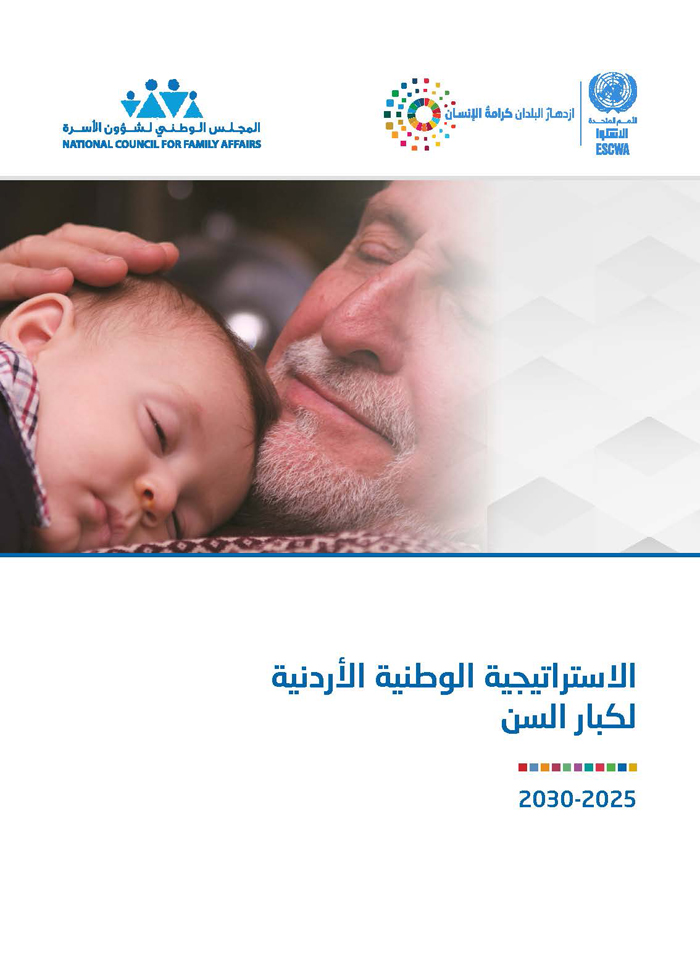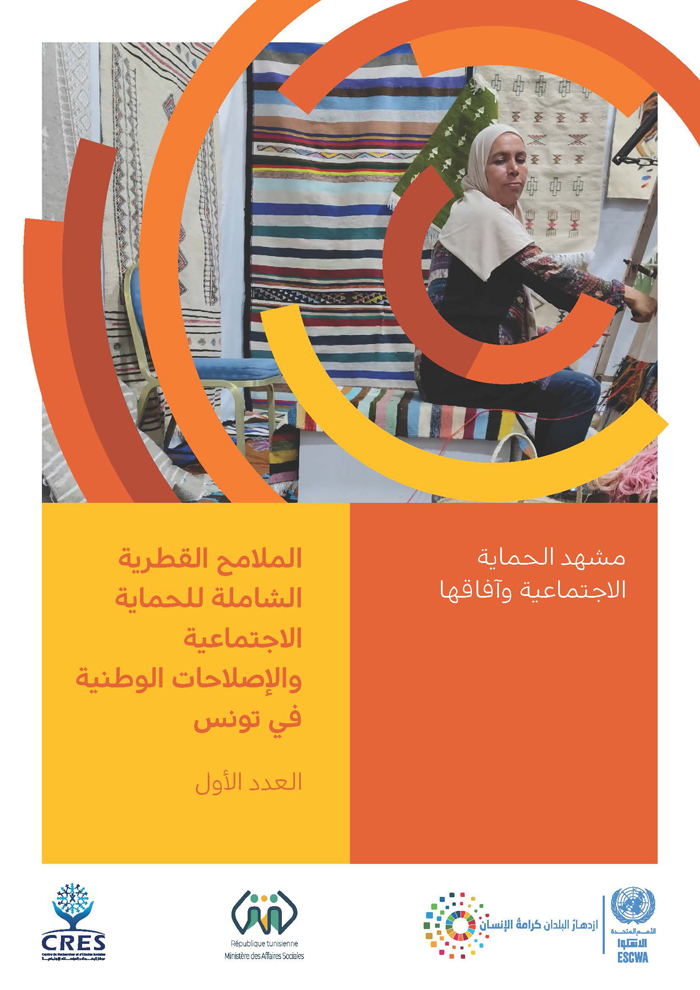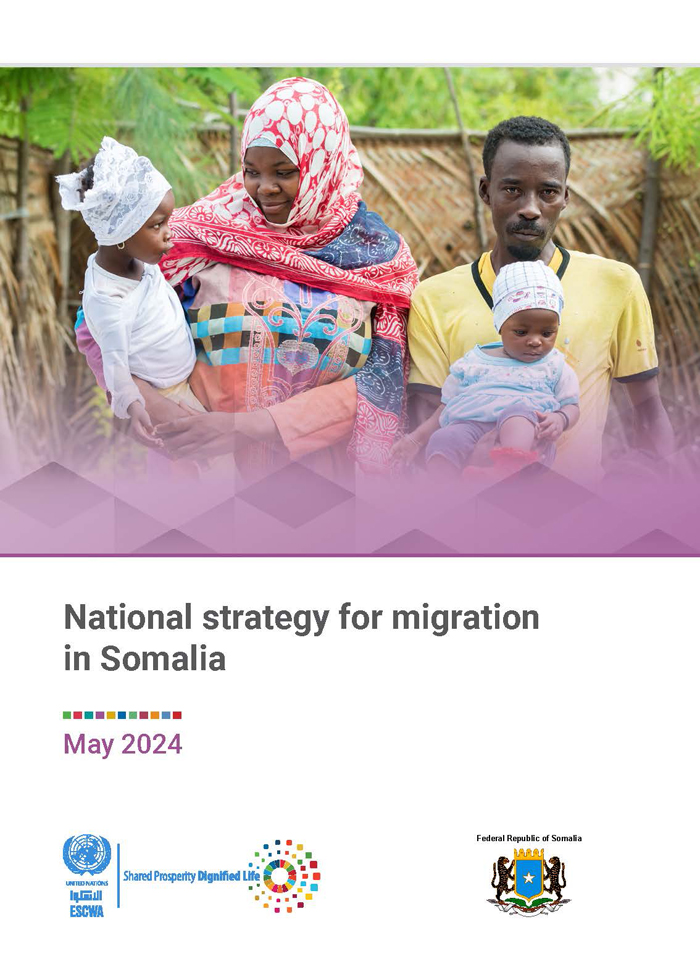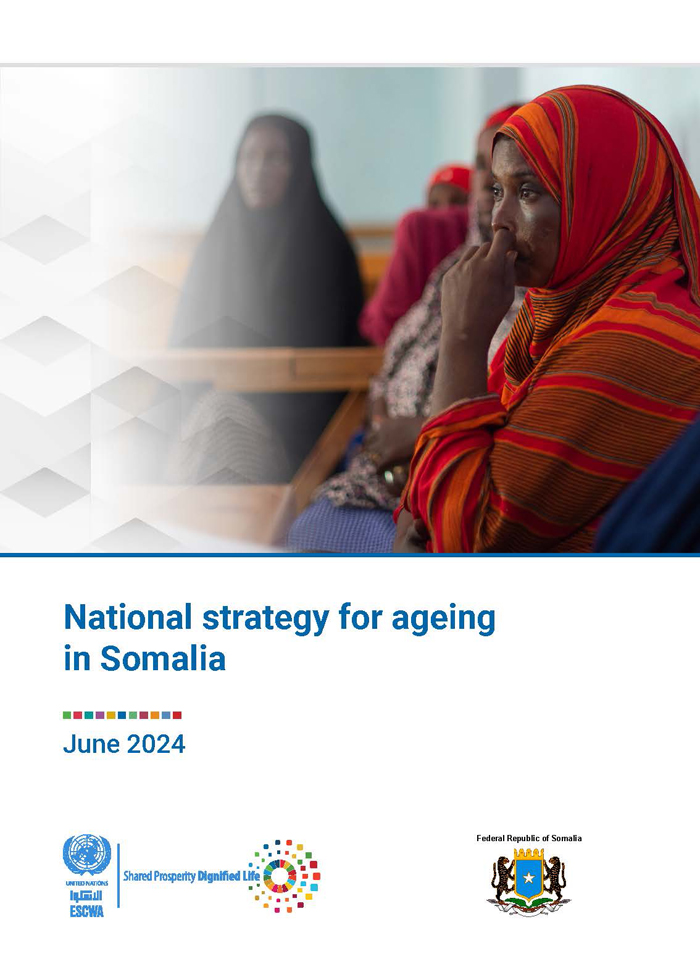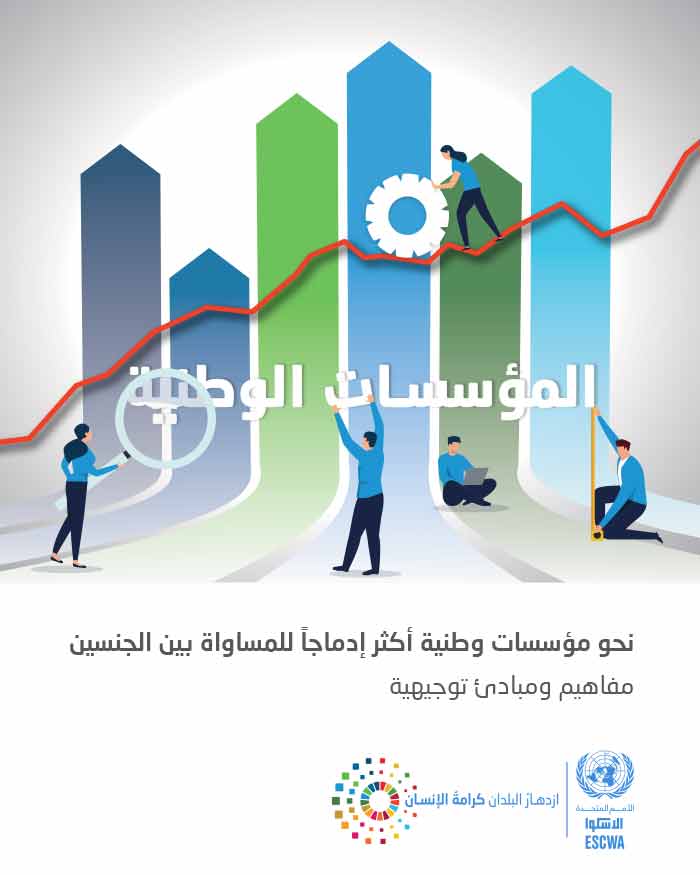
ESCWA Publication: E/ESCWA/CL2.GPID/2020/TP.12
Country: Arab region
Publication Type: Information material
Cluster: Gender Justice, Population and Inclusive Development
Focus Area: Financing for development, Gender equality
Initiatives: Women’s rights and gender mainstreaming
SDGs: Agenda 2030
Keywords: Arab countries, Gender mainstreaming, Public institutions, Technical cooperation
Towards more gender inclusive national institutions: concepts and guidelines
January 2021
These guidelines aim to support national institutions in implementing the action plan on gender equality and the empowerment of women at the level of national institutions by providing the necessary foundations to progress in the six areas of the action plan.
The document is divided into two parts. The first part analyses the status of organizations in terms of gender equality. It tackles the importance of conducting gender audits to uncover deficiencies in ongoing efforts to achieve gender equality within institutions and in their programmes. It covers the methodology and stages of gender audits. The second part shows how to integrate gender equality in the frameworks and outputs of institutions. This part includes six sections that focus on accountability; results-based management; oversight; human and financial resources; capacity; and coherence and knowledge and information management. This part draws on the principles of complementarity and interaction between the six sections to review ways to enhance the knowledge needed to address the issues raised by the gender audit.
Related content
Financing for development
, Gender equality
,
These guidelines aim to support national institutions in implementing the action plan on gender equality and the empowerment of women at the level of national institutions by providing the necessary foundations to progress in the six areas of the action plan.
The document is divided into two parts. The first part analyses the status of organizations in terms of gender equality. It tackles the importance of conducting gender audits to uncover deficiencies in ongoing efforts to achieve gender equality within institutions and in their programmes. It covers the methodology and stages of gender audits. The second part shows how to integrate gender equality in the frameworks and outputs of institutions. This part includes six sections that focus on accountability; results-based management; oversight; human and financial resources; capacity; and coherence and knowledge and information management. This part draws on the principles of complementarity and interaction between the six sections to review ways to enhance the knowledge needed to address the issues raised by the gender audit.
